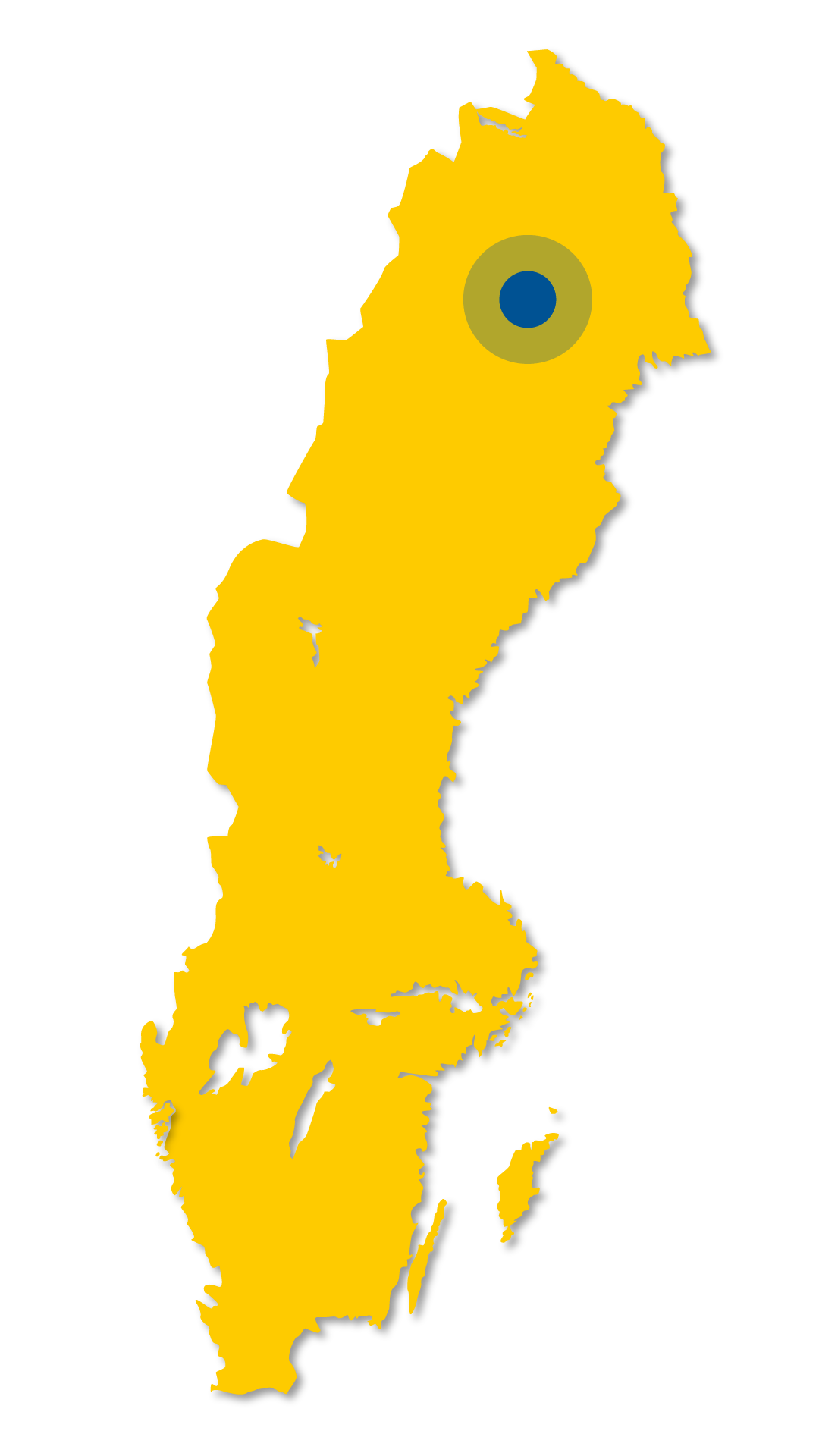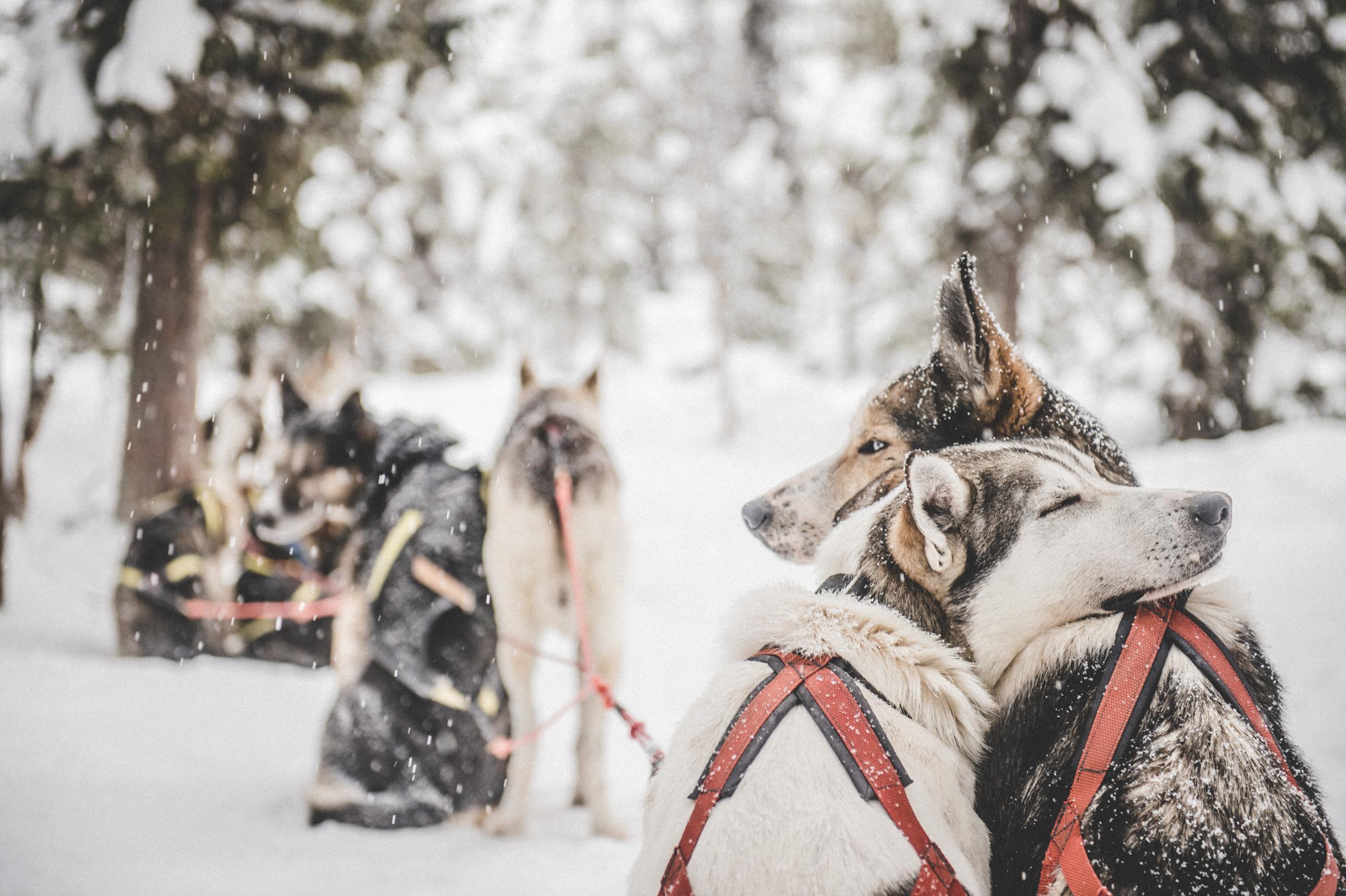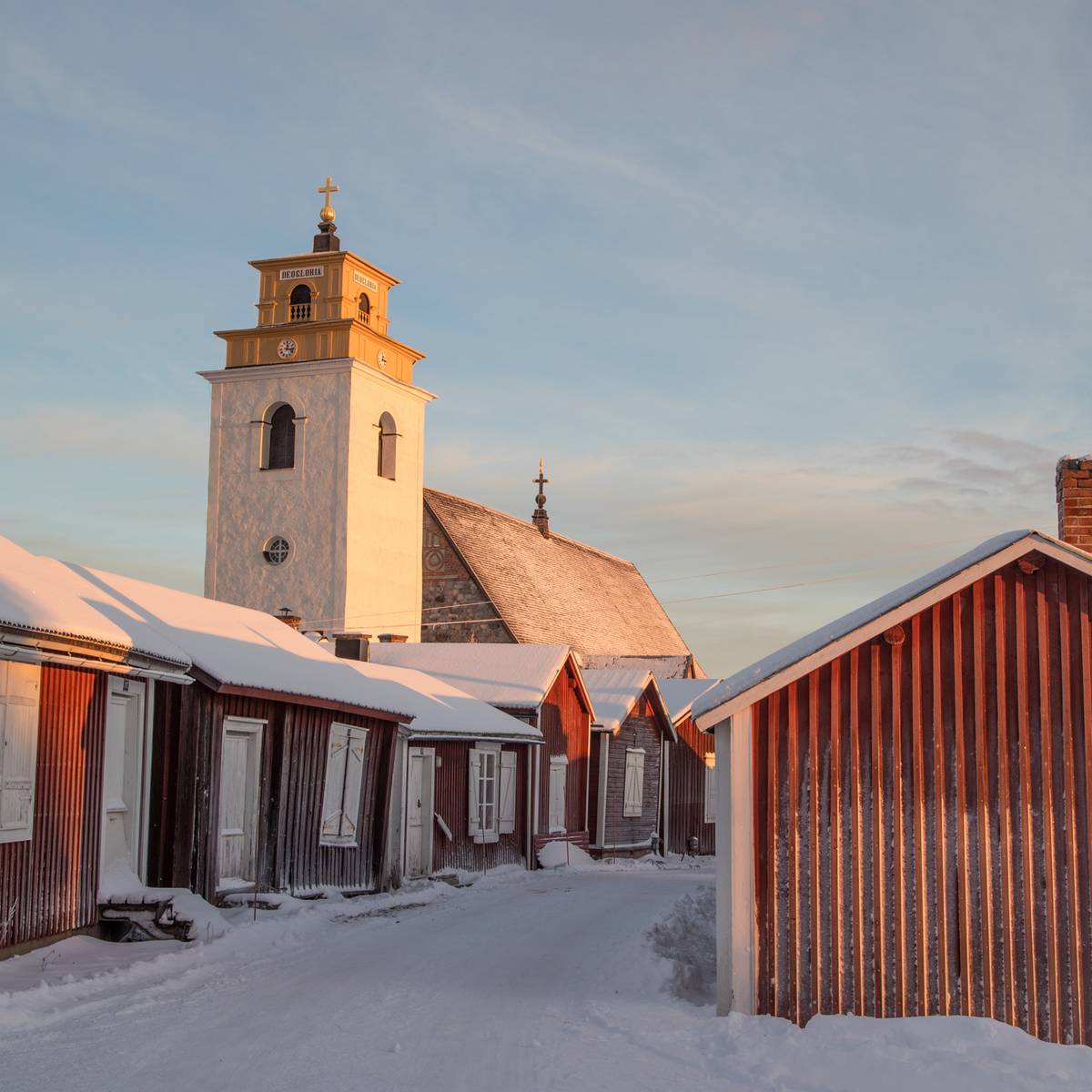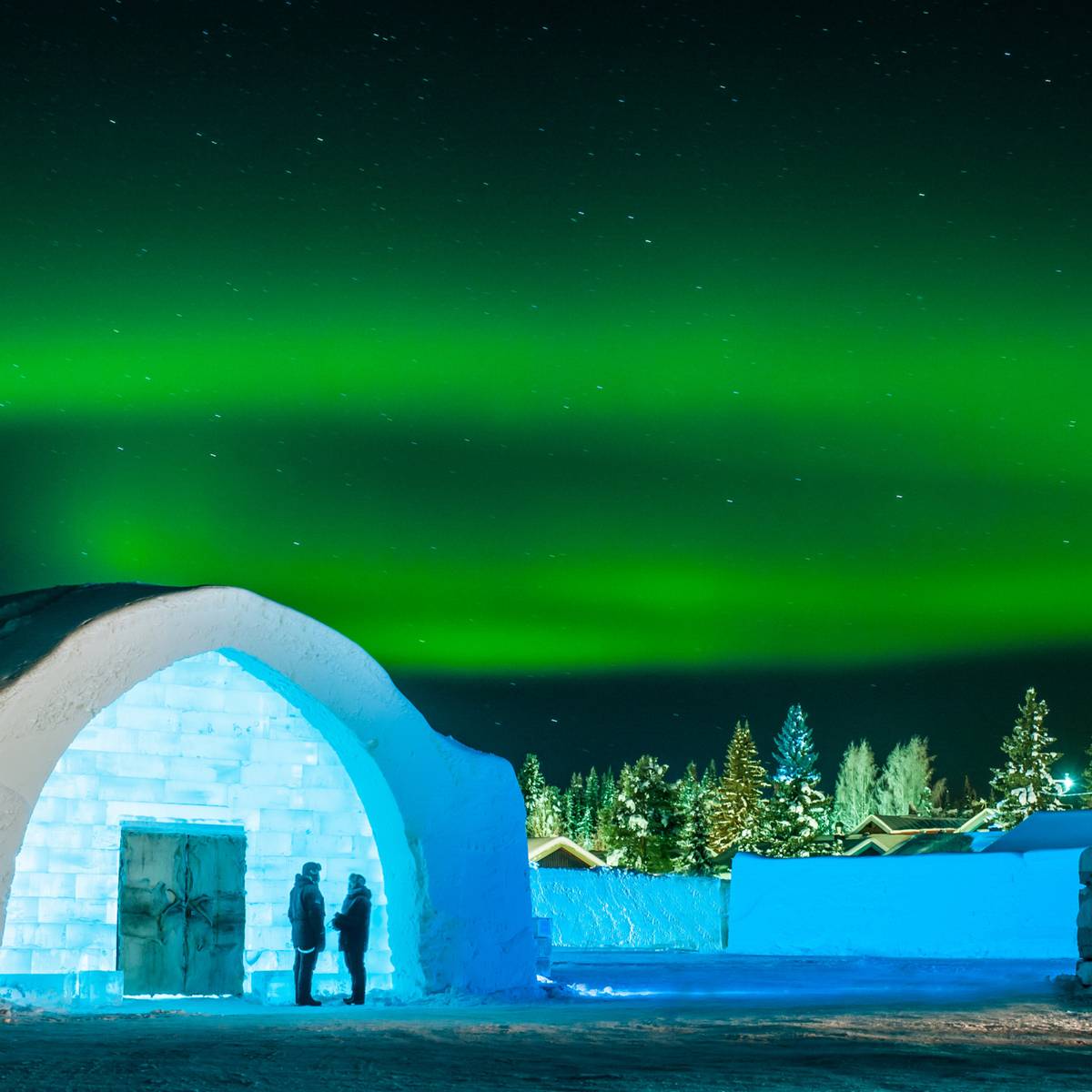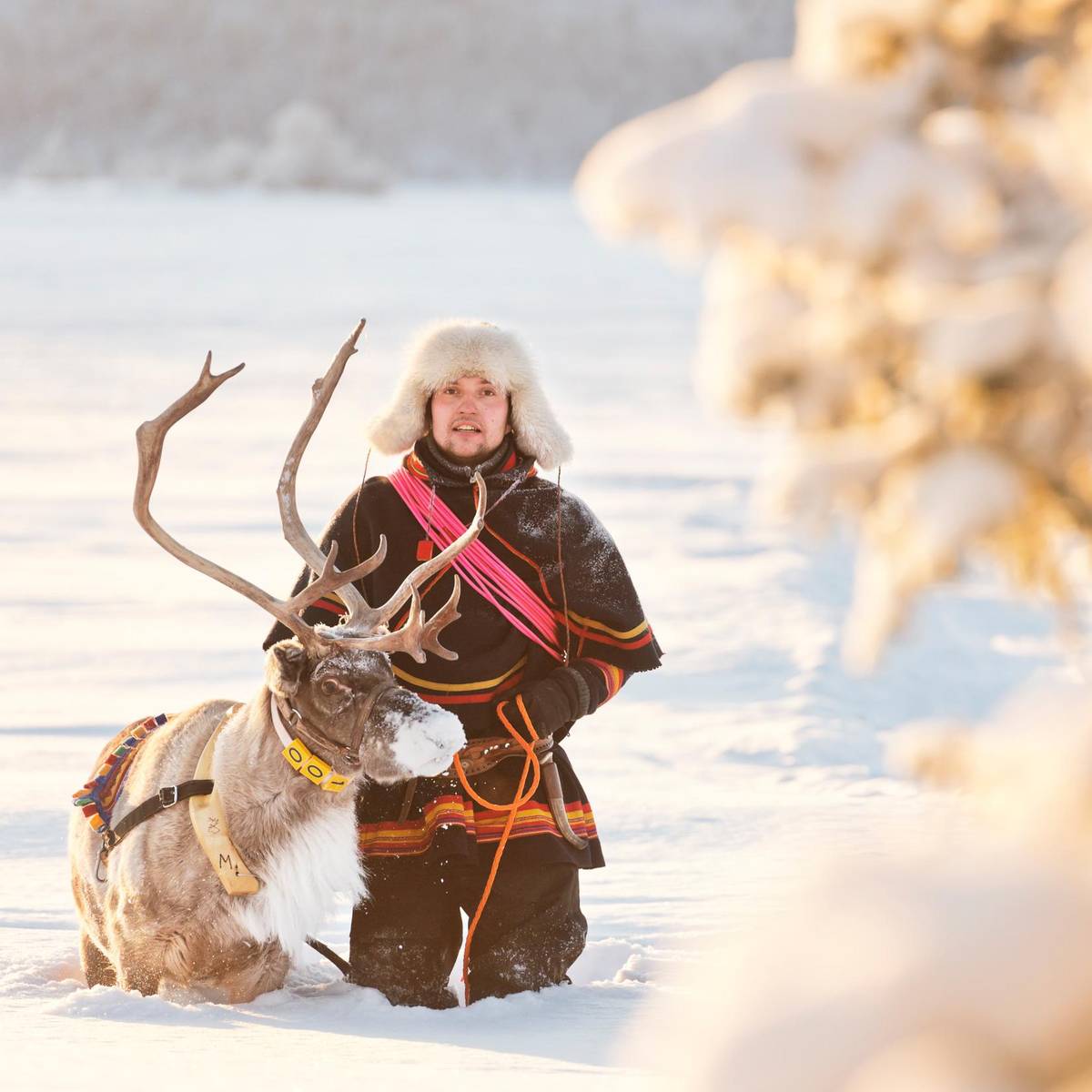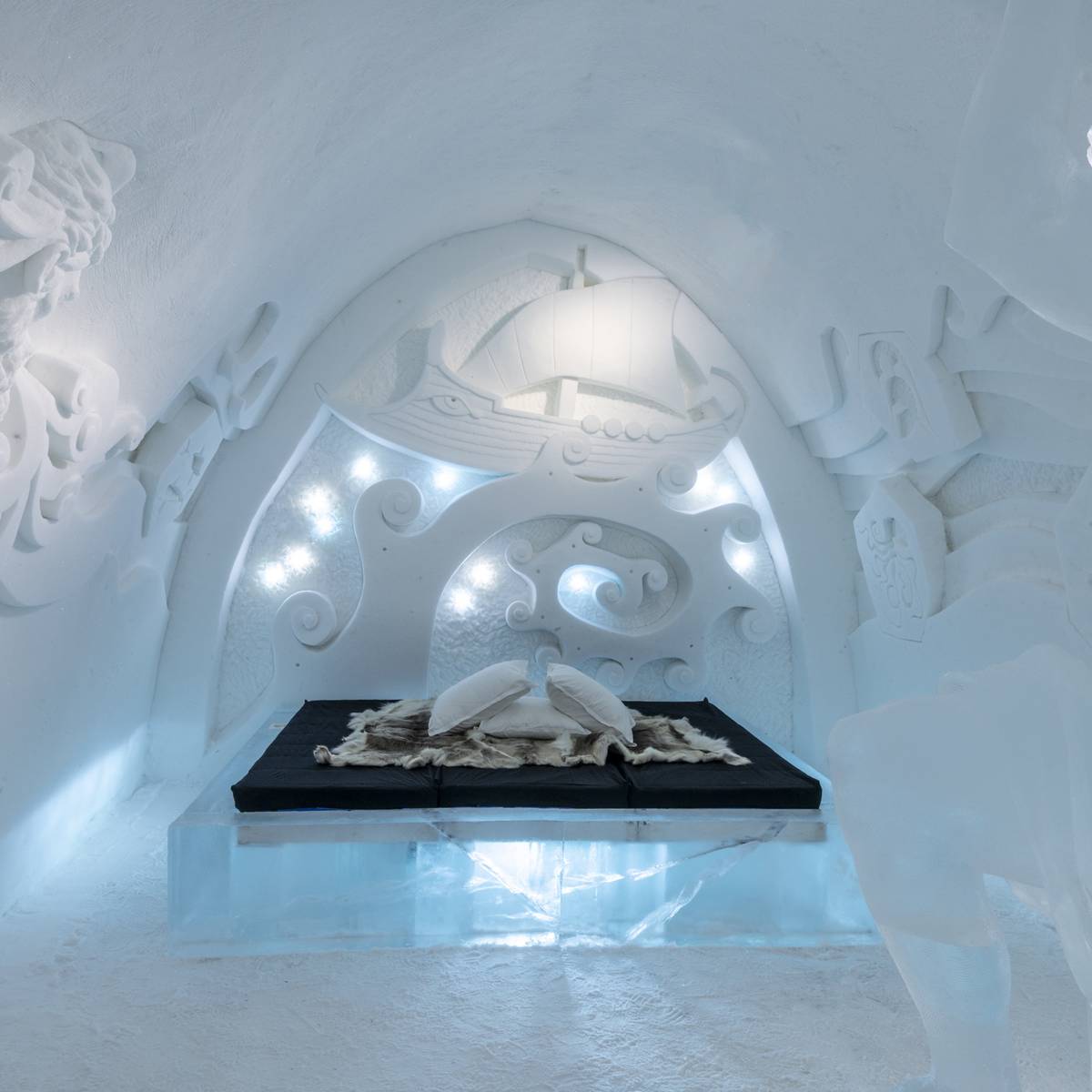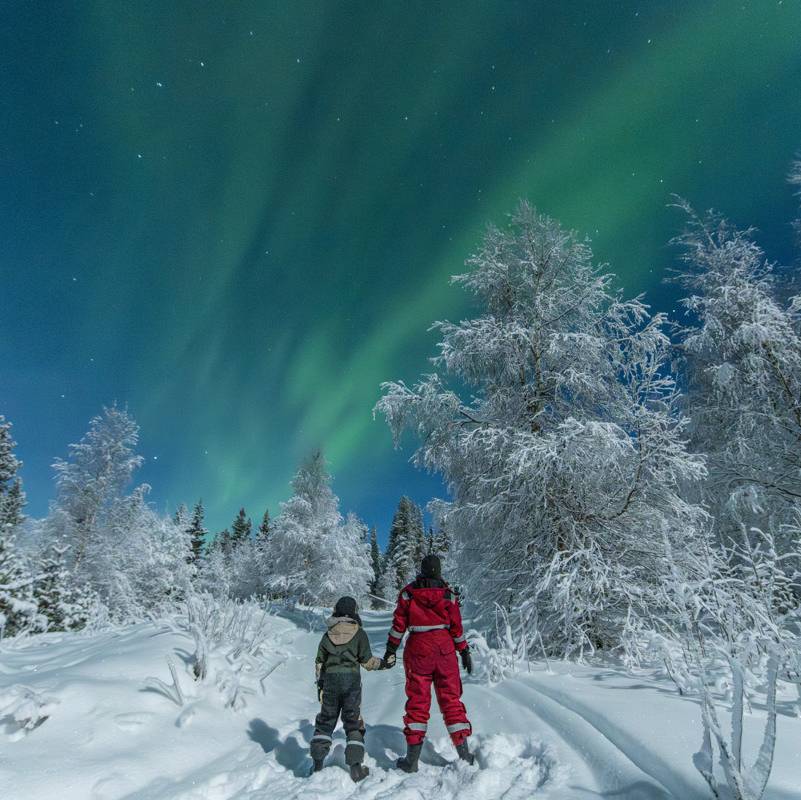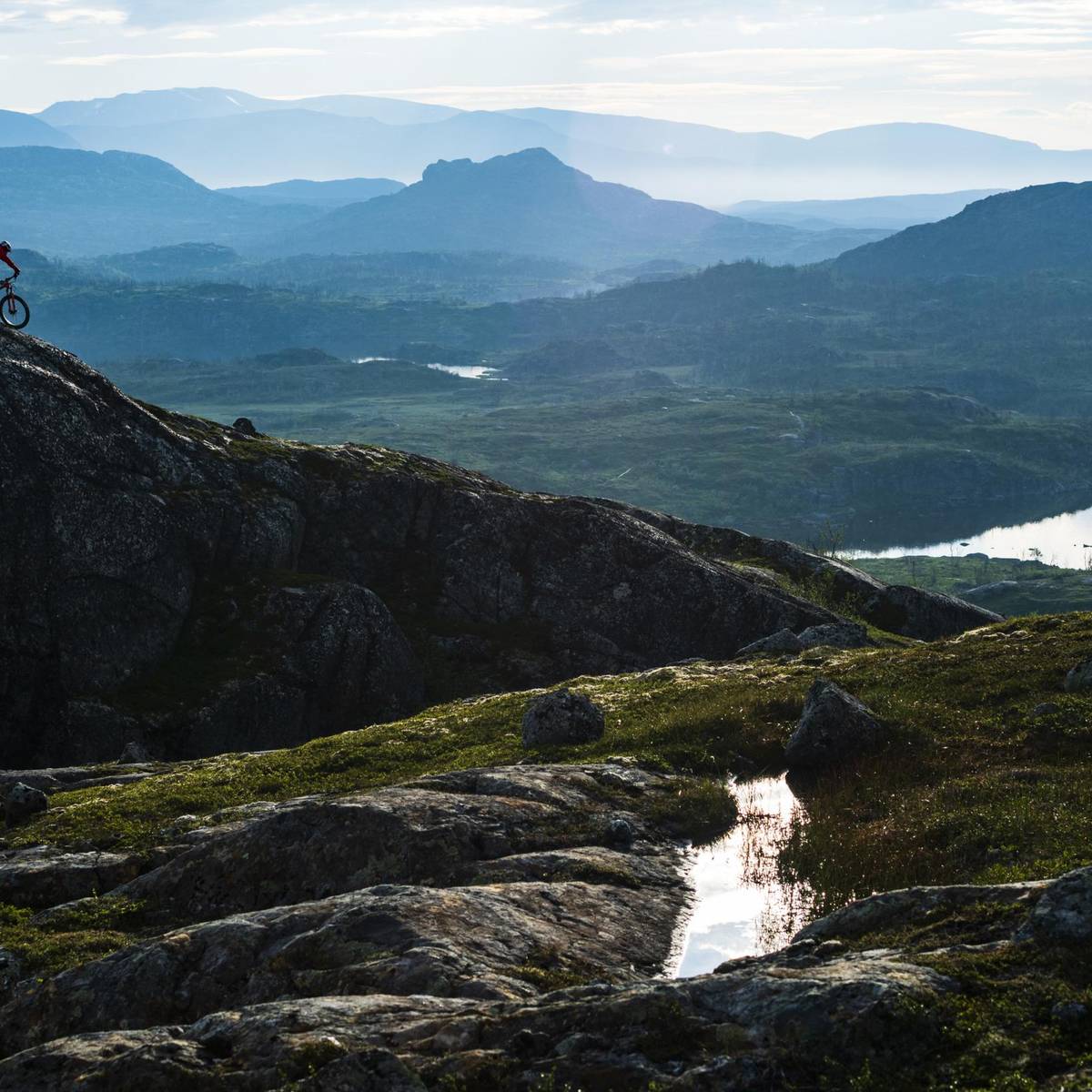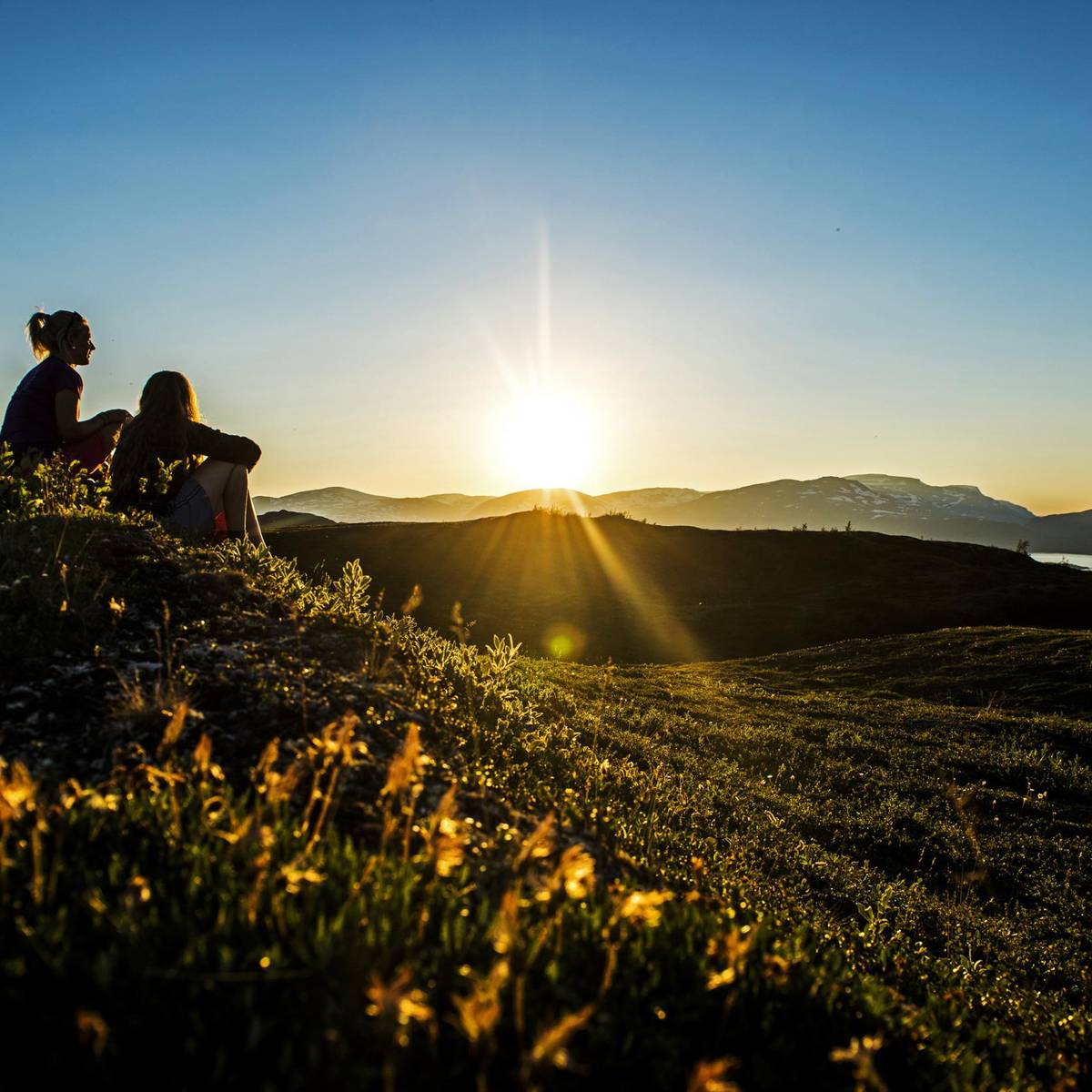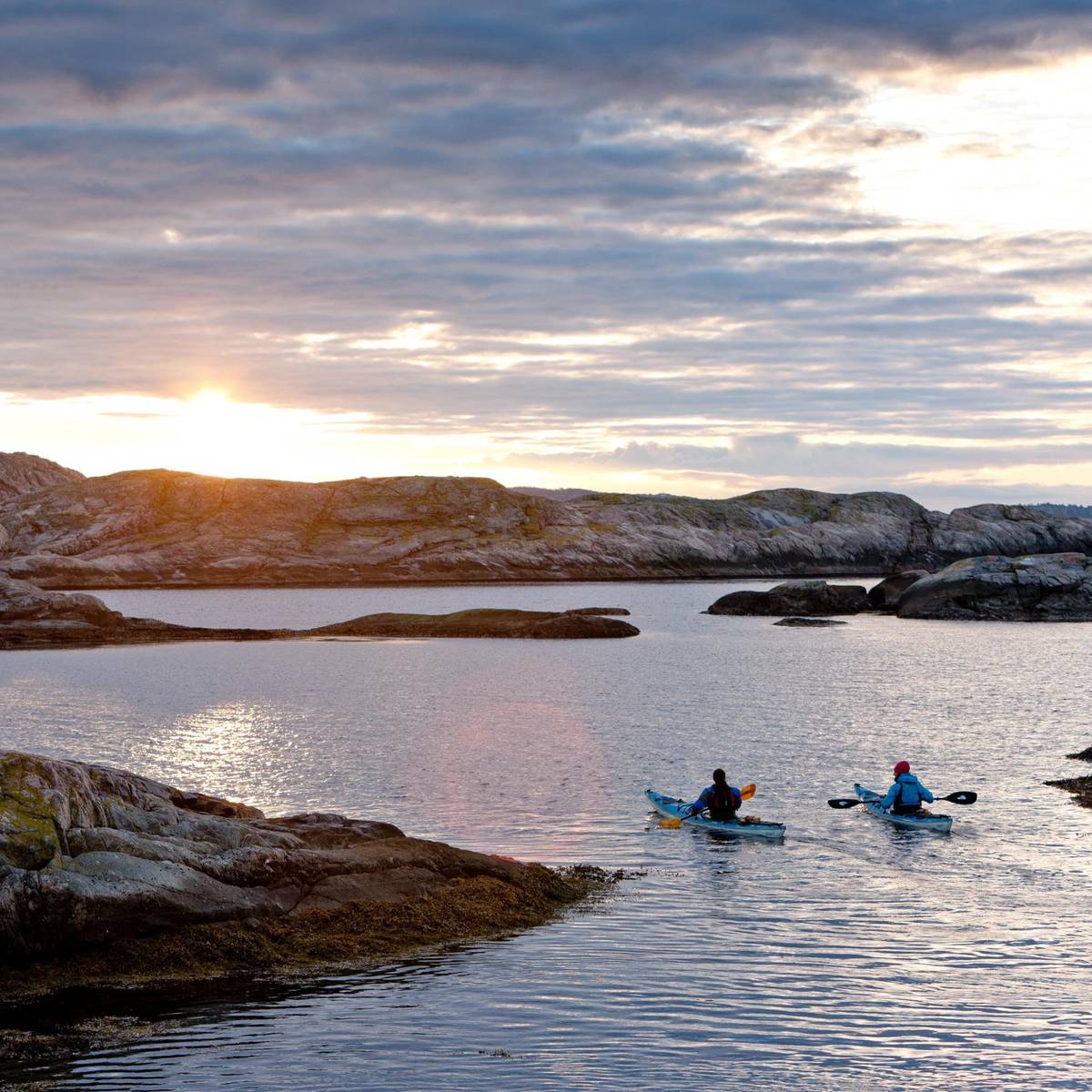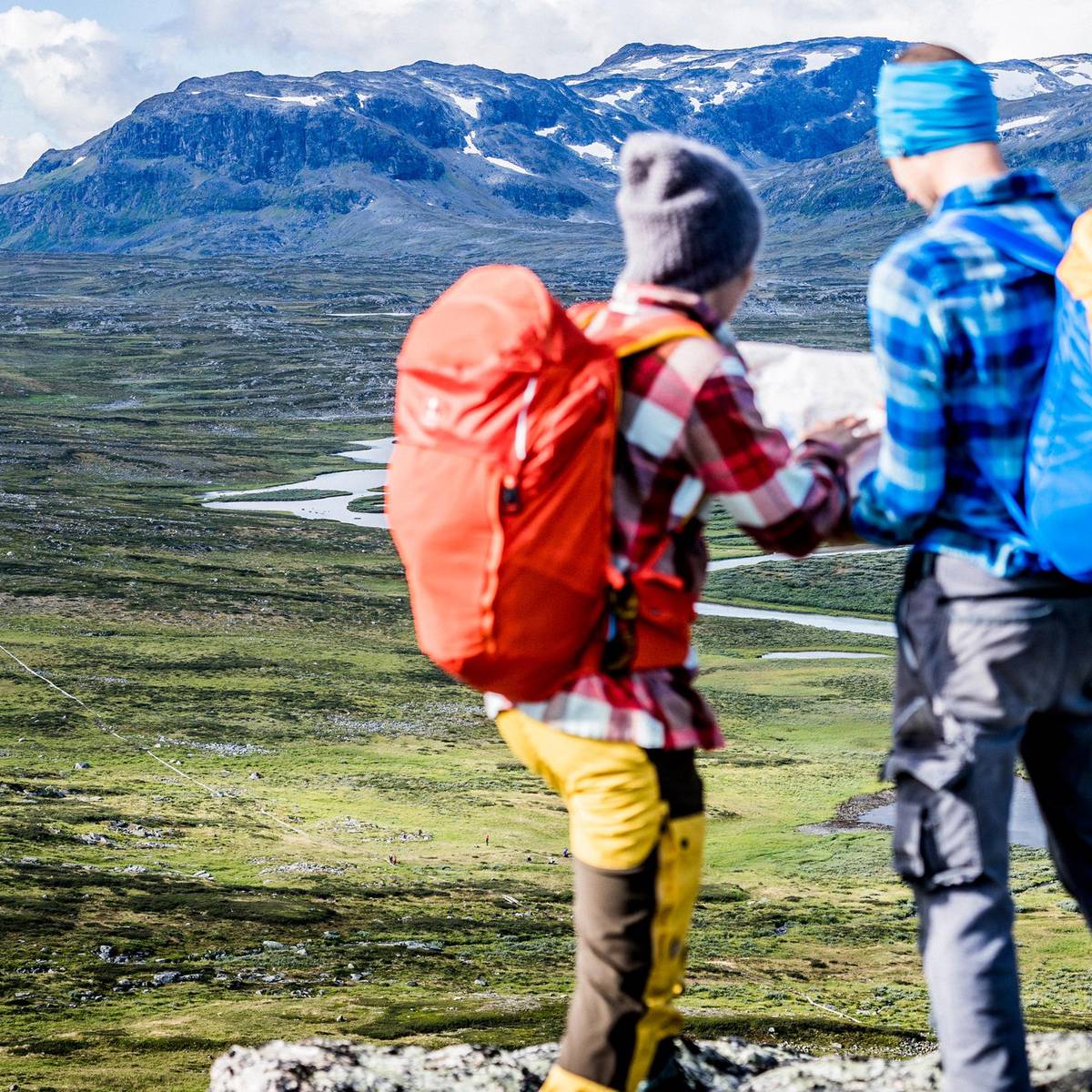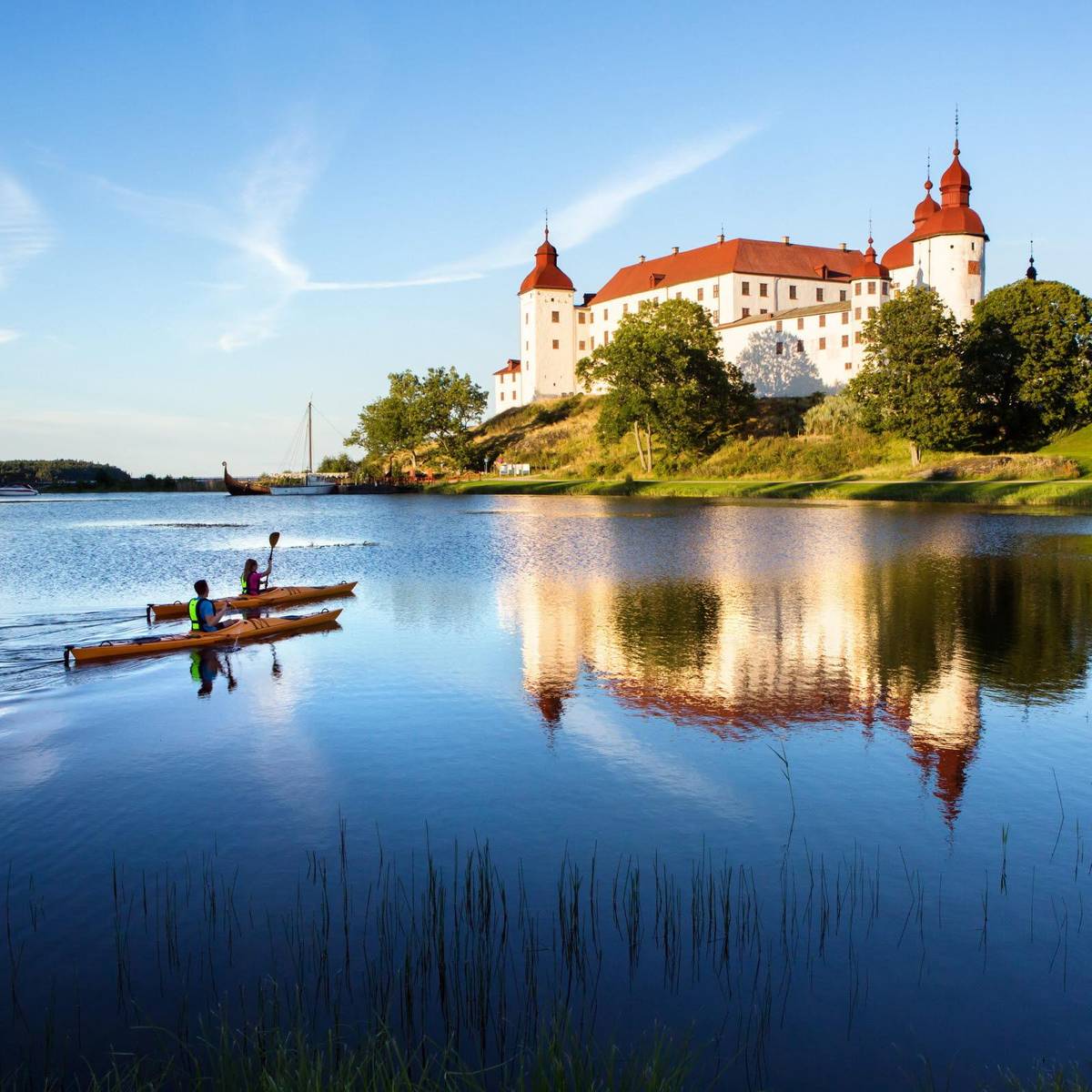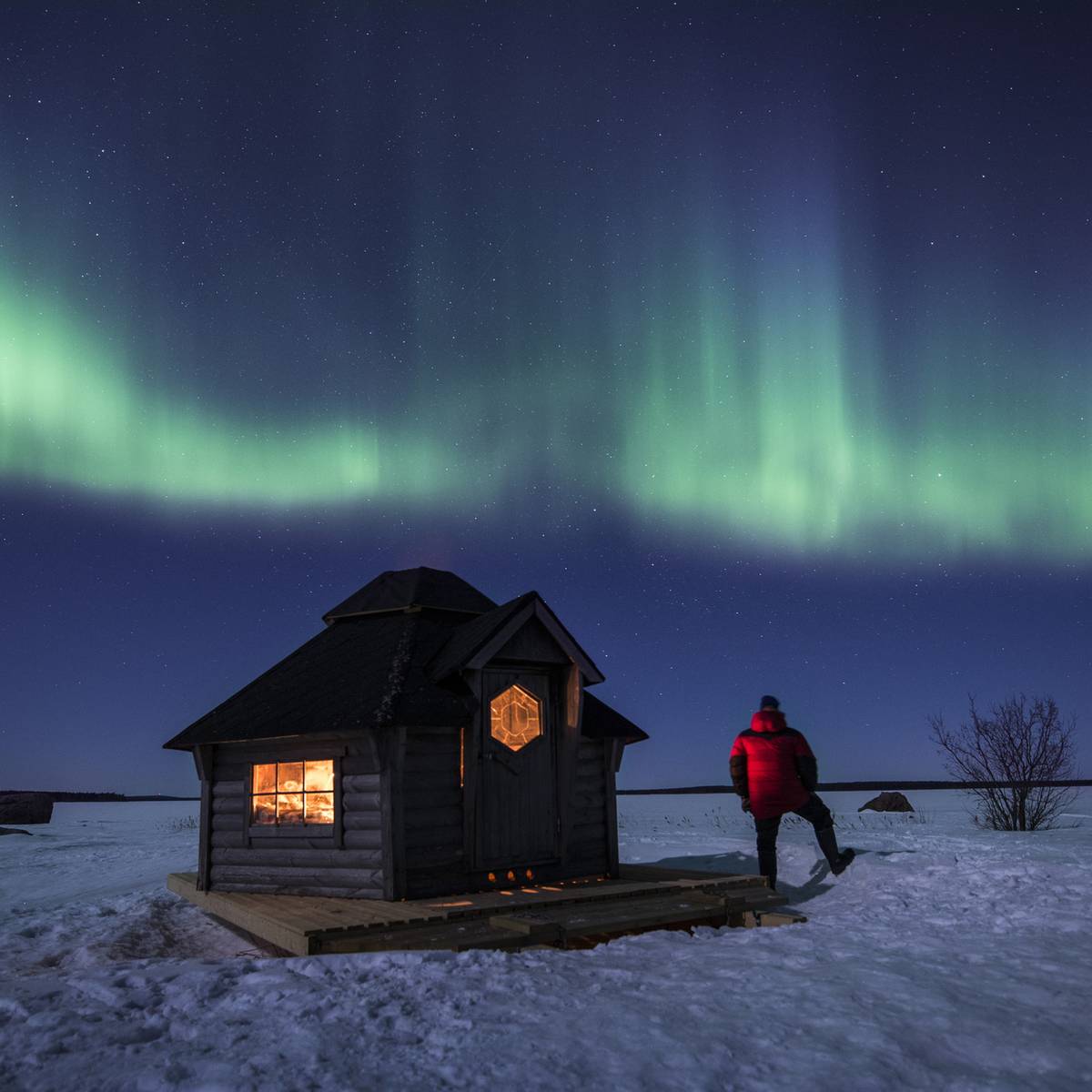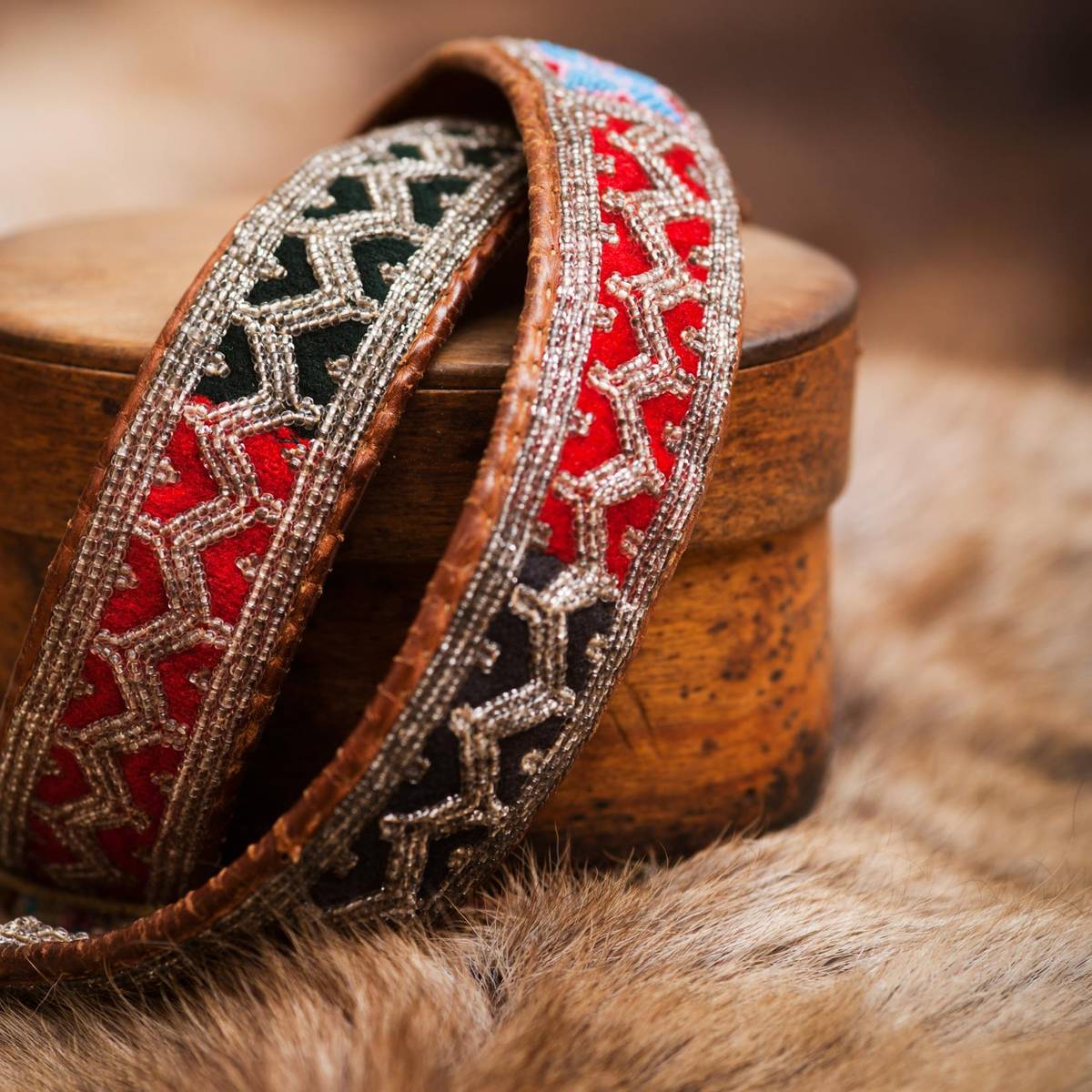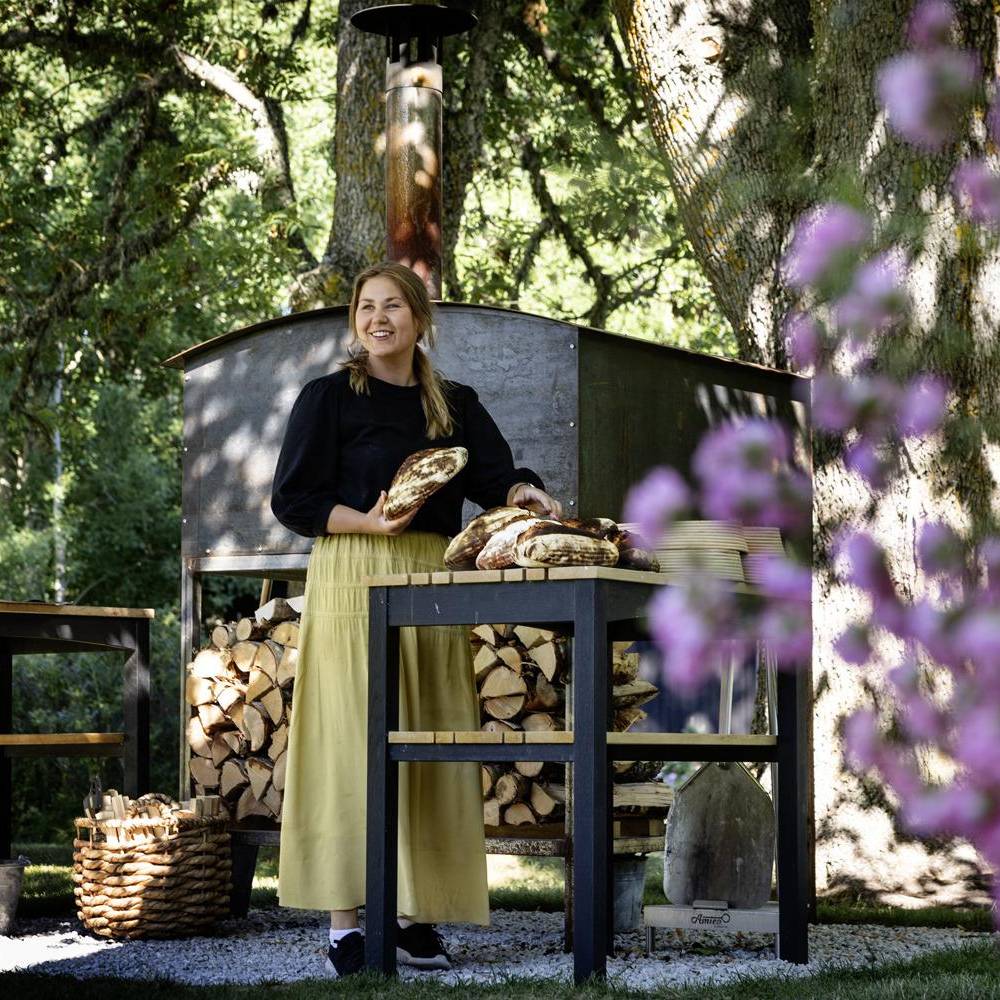Natural light shows and outdoor adventures
The Northern Lights are a draw for locals and international visitors alike. Aurora Sky Station in Abisko is considered one of the best places in the world to experience this natural light show. The electromagnetic interplay between the sun and the earth that creates this phenomenon happens all year round, but you’ll only be able to see it during the darker months – August through to April. Come May, the Northern Lights give way to the Midnight Sun, defined as the consecutive 24 hours of sunlight you get north of the Arctic Circle between May and mid-July.
Take advantage of the endless days to explore the varied landscape by setting off on a hike or foraging excursion. Essense of Lapland – headed by food creator and culture guide Eva Gunnare, offers educational guided tours across the marshes, forest and mountains near her beautiful hometown Jokkmokk.
The region is a dream for fly fishing enthusiasts, who take full advantage of its thousands of streams and lakes, as well as a 1,500 kilometres long coastline. Add to that four national rivers, and you have endless scope to find your ideal fishing spot. The Torne River is one of the most productive salmon rivers in the world – up to 100,000 fish ascend the water every summer on their way to their spawning grounds. Other fish you’re likely to catch are pike, trout and whitefish.
Swedish Lapland is a winter paradise with a long skiing season. At the famous Riksgränsen ski resort you can hit the slopes as late as Midsummer. For something a little different, Aurora Safari Camp, Sweden’s first-ever wintertime glamping site, offers hot air balloon rides by night or day, allowing you to admire snow-covered treetops and the Råne River Valley from high above. Aurora Safari Camp also offers many other arctic activities, including snowmobile tours, cross-country skiing and dog sledding. Svedjekojan Husky Farm, a 25-minute drive from Piteå, is another company offering excellent dog sledding excursions.
The UNESCO World Heritage Site of Laponia, with its vast expanses of nature, is a true haven for adventurers looking to get away from it all.

